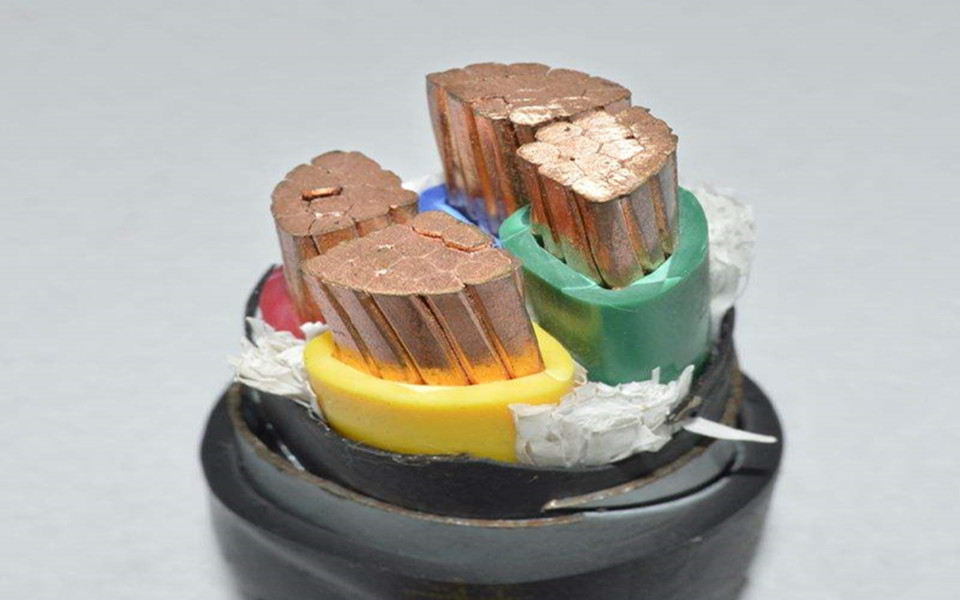(1). Representation method of power cable
1. Cable type representation
In order to accurately indicate the purpose, structure type and name of the cable. The cable is usually marked on the outer layer of the cable, including structure, materials, etc. For example: 0.6/1kV cable CU/XLPE/PVC 3X95mm2.

(2). Classification of power cables
Power cables are generally classified into PVC insulated power cables, XLPE insulated power cables, and rubber insulated power cables according to their insulation types.

(3). Main cables and their characteristics
1. XLPE insulated power cable
Referred to as XLPE cable, it is a chemical or physical method to transform the molecular structure of the polyethylene plastic of the cable from a linear structure to a three-dimensional network structure, that is, the thermoplastic polyethylene is converted into a thermosetting cross-linked polyethylene. Plastics, which greatly improve the heat resistance and service life of the cable, while maintaining its excellent electrical properties.
2. PVC insulated PVC sheathed power cable
The long-term working temperature of PVC insulated PVC sheathed power cable does not exceed 70 °C, and the maximum temperature of cable conductor does not exceed 160 °C. The shortest duration of the short circuit shall not exceed 5 s, and the minimum temperature for construction shall not be lower than 0 °C.